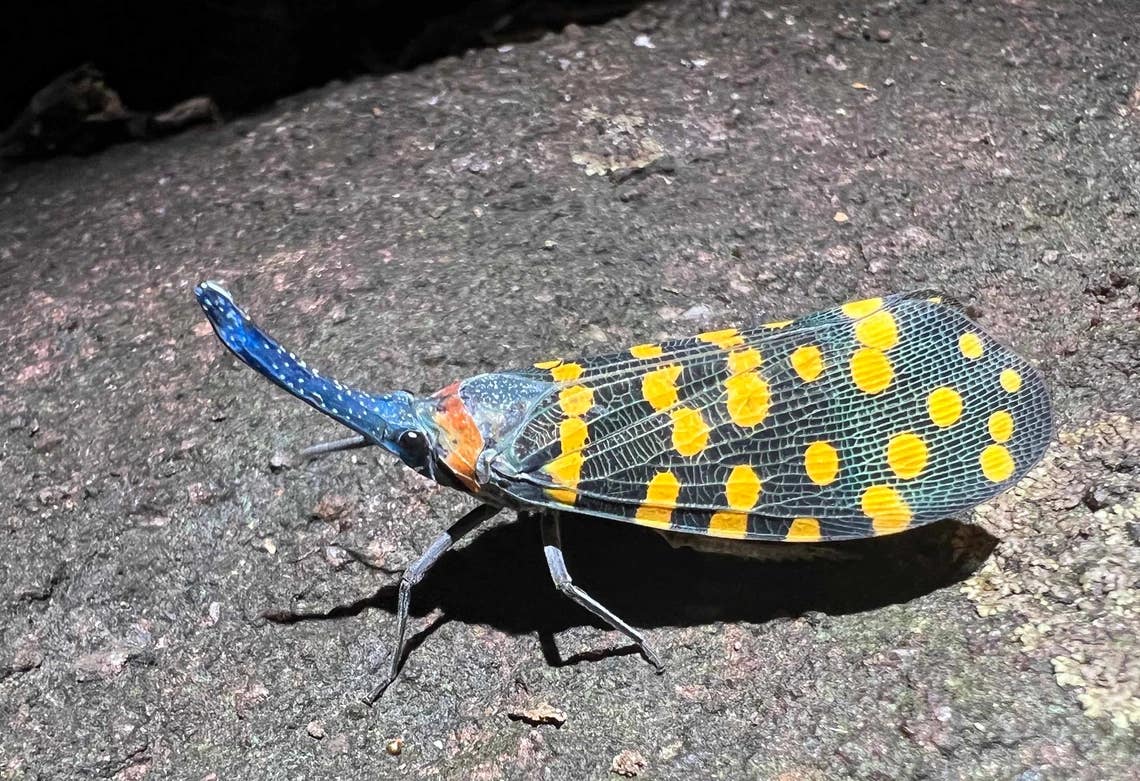Groundbreaking study offers fresh insights into reversing age-related muscle loss
Sarcopenia, or muscle wasting, a degenerative condition, is a universal part of aging, yet its specific mechanisms remain obscure.

[May 30, 2023: Staff Writer, The Brighter Side of News]
Sarcopenia, or muscle wasting, a degenerative condition, is a universal part of aging, yet its specific mechanisms remain obscure. (CREDIT: Creative Commons)
While the passage of time may bring wisdom, it also imposes an inevitable physical toll on our bodies, most notably in the form of sarcopenia, or muscle wasting. This degenerative condition is a universal part of aging, yet its specific mechanisms remain obscure.
Now, groundbreaking research from the Australian Regenerative Medicine Institute (ARMI) at Monash University has taken a novel approach to demystifying sarcopenia, with unexpected results that could reshape our understanding of the aging process.
The research team, led by Professor Peter Currie and Dr Avnika Ruparelia from ARMI and the University of Melbourne, has found that our muscles, as we approach the end of life, undergo a remarkable transformation – reverting to an "early-life" state, a phenomenon that may slow mortality rates. This surprising discovery, published in Aging Cell, may offer fresh insights into combating, and possibly reversing, age-related muscle loss and weakness.
In an era when global populations are skewing towards the elderly, this research assumes tremendous significance. Sarcopenia's prevalence and severity are expected to surge with this demographic shift. Professor Currie underscores this urgency, saying, “…there is a pressing need to understand the mechanisms that drive sarcopenia, so that we can identify and implement suitable medical interventions to promote healthy muscle aging.”
Related Stories:
The path to this novel understanding involves an unlikely ally – the African turquoise killifish, Nothobranchius furzeri. Recently, this unique creature has gained recognition as an optimal model for studying aging. Their lifespan is the shortest known among vertebrate species that can be bred in captivity. The life cycle of a killifish, beginning with the African rains and ending as their seasonal pools dry out, is both swift and eventful. These fish grow, mature, and reproduce daily in a period as short as two weeks.
These petite creatures offer remarkable parallels with human aging. They exhibit symptoms strikingly similar to human seniors, such as cancerous lesions in the liver and gonads, reduced limb regenerative capacity, and classic genetic signs of human aging like reduced mitochondrial DNA copy number, decreased function, and telomere shortening.
Dr Ruparelia, who took the pioneering step of using killifish to study sarcopenia, explains, “In this study, we performed a thorough cellular and molecular characterization of skeletal muscle from early life, aged and extremely old late-life stages, revealing many similarities to sarcopenia in humans and other mammals.”
A just-hatched killifish larvae stained with antibodies against Myosin (Red), Actinin (Green) and Collagen (Blue). (CREDIT: Dr Avnika Ruparelia)
In a fascinating twist, the research team found that the typical metabolic signs of aging in these fish actually reversed in their late-life stage. According to Dr Ruparelia, “...in extremely old animals, there may be mechanisms in place that prevent further deterioration of skeletal muscle health, which may ultimately contribute to an extension of their lifespan.”
This late-life stage, marked by improved muscle health, intriguingly corresponds with declining mortality rates. The research team hypothesizes that this enhancement of muscle health might be a pivotal factor in the extended lifespan observed in extremely old individuals.
Aged killifish display skeletal muscle atrophy that plateaus in late-life fish. (ai–aiv) Representative image of 6-week early life, 22-week early life, 37-week aged, and 52-week late-life male killifish. (CREDIT: Aging Cell)
To dig deeper into these intriguing phenomena, the research team meticulously examined the metabolism of killifish at various aging stages. The metabolic profile of the oldest fish astonishingly revealed a rejuvenation to that of their younger counterparts. This surprising finding emphasized the crucial role of lipid metabolism in this rejuvenation process, suggesting that manipulating lipid formation through drugs could potentially rejuvenate aging muscles.
Senior author, Prof Currie, elaborates on this finding, “During extreme old age, there is a striking depletion of lipids, which are the main energy reserves in our cells. We believe that this mimics a state of calorie restriction, a process known to extend lifespan in other organisms, which results in activation of downstream mechanisms ultimately enabling the animal to maintain nutrient balance and live longer. A similar process is seen in the muscle of highly trained athletes.”
The extremely old time point coincides with a stage in which mortality rates decrease. (CREDIT: Aging Cell)
The implications of these findings are profound. The idea of reversing muscle aging, potentially treatable by drugs that can manipulate cell metabolism, offers immense hope, especially considering the rising global elderly population and the associated healthcare and economic challenges.
In Dr Ruparelia's words, “We are excited by the potential of the killifish model, and very grateful to the Winston Churchill Trust for funding, and to Hon Dr Kay Patterson for her assistance with establishing the import regulations to establish first and only killifish facility in Australia. We now have a unique opportunity to study biological processes regulating aging and age-related diseases, and to investigate strategies to promote healthy aging.”
In an era of burgeoning aged populations, these findings from Monash University are an exciting stride towards decoding the mystery of aging. Armed with the unique biological insights offered by the African killifish, researchers are poised to unravel the complex biology of aging, offering hope for healthier, stronger futures for our aging population.
Note: Materials provided above by The Brighter Side of News. Content may be edited for style and length.
Like these kind of feel good stories? Get the Brighter Side of News' newsletter.



